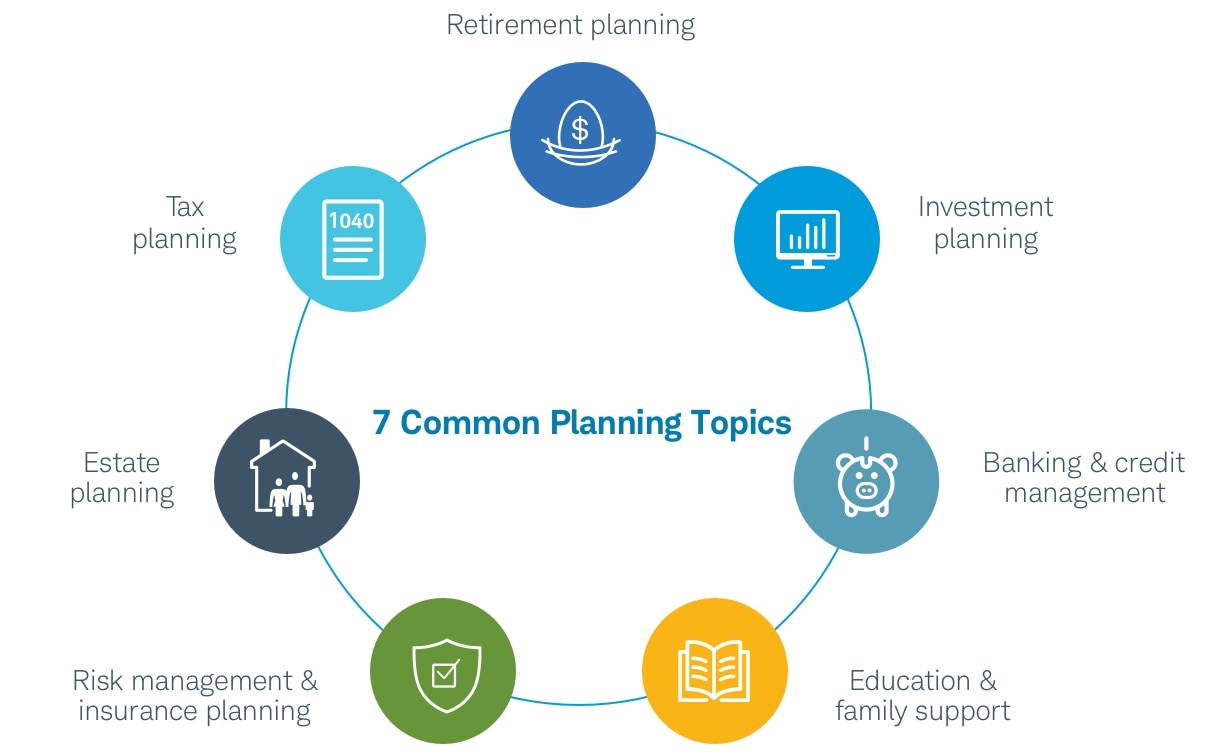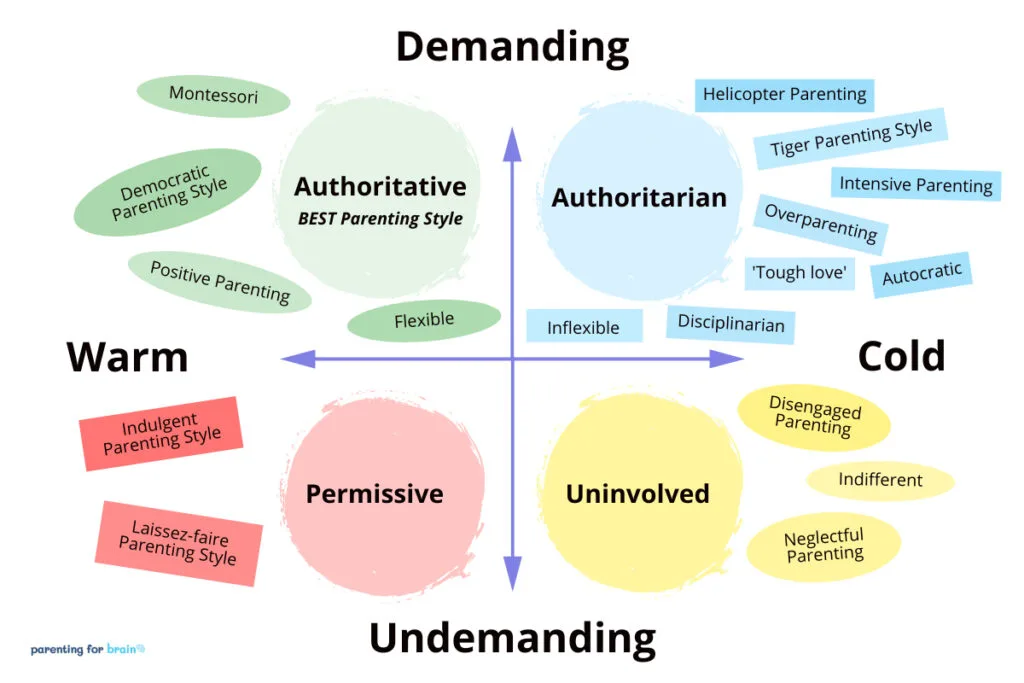
Strategizing for Success: Navigating Family Financial Planning
Family financial planning is a crucial aspect of building a secure and prosperous future. In this comprehensive guide, we’ll explore key strategies and practices to help your family navigate the complexities of financial planning and achieve lasting stability.
Assessing Current Financial Situation
The first step in effective family financial planning is assessing your current financial situation. Examine income, expenses, debts, and assets. Understanding your financial landscape provides a baseline for creating a realistic and actionable financial plan. Utilize tools and resources available, like the Family Financial Planning platform, for a comprehensive overview.
Defining Clear Financial Goals
Clear financial goals are the foundation of successful family financial planning. Determine short-term and long-term objectives, such as buying a home, funding education, or retiring comfortably. Well-defined goals act as a roadmap, guiding your financial decisions and ensuring that every step contributes to your family’s overall financial well-being.
Creating a Realistic Budget
Crafting a realistic budget is a cornerstone of family financial planning. Categorize income and expenses, differentiating between fixed and variable costs. Allocate a portion of your income for savings and investments. A well-structured budget not only helps you live within your means but also enables you to channel resources toward achieving your financial goals.
Building an Emergency Fund
An emergency fund is a critical component of family financial planning. Strive to save three to six months’ worth of living expenses to cushion against unexpected financial setbacks. An emergency fund provides financial security, ensuring that your family can weather unforeseen circumstances without derailing your long-term financial plans.
Exploring Investment Opportunities
Family financial planning extends to growing wealth through strategic investments. Explore diverse investment options, including stocks, bonds, mutual funds, and real estate. Diversifying your investment portfolio mitigates risks and opens avenues for potential growth. Regularly review and adjust your investment strategy to align with your family’s financial goals.
Navigating Tax Planning Strategies
Tax planning is an integral part of family financial planning. Explore tax-saving strategies, such as maximizing contributions to tax-advantaged accounts, taking advantage of available tax credits, and strategically planning investments to minimize tax implications. Efficient tax planning optimizes your financial resources for long-term growth.
Prioritizing Debt Repayment
Addressing outstanding debts is a key component of family financial planning. Prioritize high-interest debts and develop a systematic repayment plan. Consider debt consolidation options to streamline payments and potentially lower interest rates. Reducing and eliminating debt frees up more resources for savings and investments, fostering overall financial stability.
Ensuring Adequate Insurance Coverage
Insurance is a protective layer in family financial planning. Assess and ensure that your family has adequate coverage for health, life, property, and other relevant aspects. Regularly review insurance policies to align with changing needs and milestones, providing comprehensive protection for your family’s financial well-being.
Educating Family Members on Financial Literacy
Family financial planning is a collaborative effort that benefits from financial literacy. Educate family members about budgeting, saving, investing, and making informed financial decisions. Encourage open discussions about financial goals and decisions, fostering a shared understanding that contributes to the overall success of your family’s financial planning.
Regularly Reviewing and Adjusting the Financial Plan
Family financial planning is a dynamic process that requires ongoing review and adjustments. Life events, economic changes, and evolving financial goals necessitate regular check-ins. Schedule periodic family financial meetings to assess progress, celebrate achievements, and make necessary adjustments to ensure your financial plan remains effective.
In conclusion, family financial planning is a holistic and dynamic approach to building a secure future. By assessing your current financial situation, defining clear goals, creating a realistic budget, and incorporating strategies like the Family Financial Planning platform, your family can navigate the complexities of financial planning with confidence. Embrace the collaborative effort, educate family members, and consistently review and adjust your financial plan to ensure long-term success.



